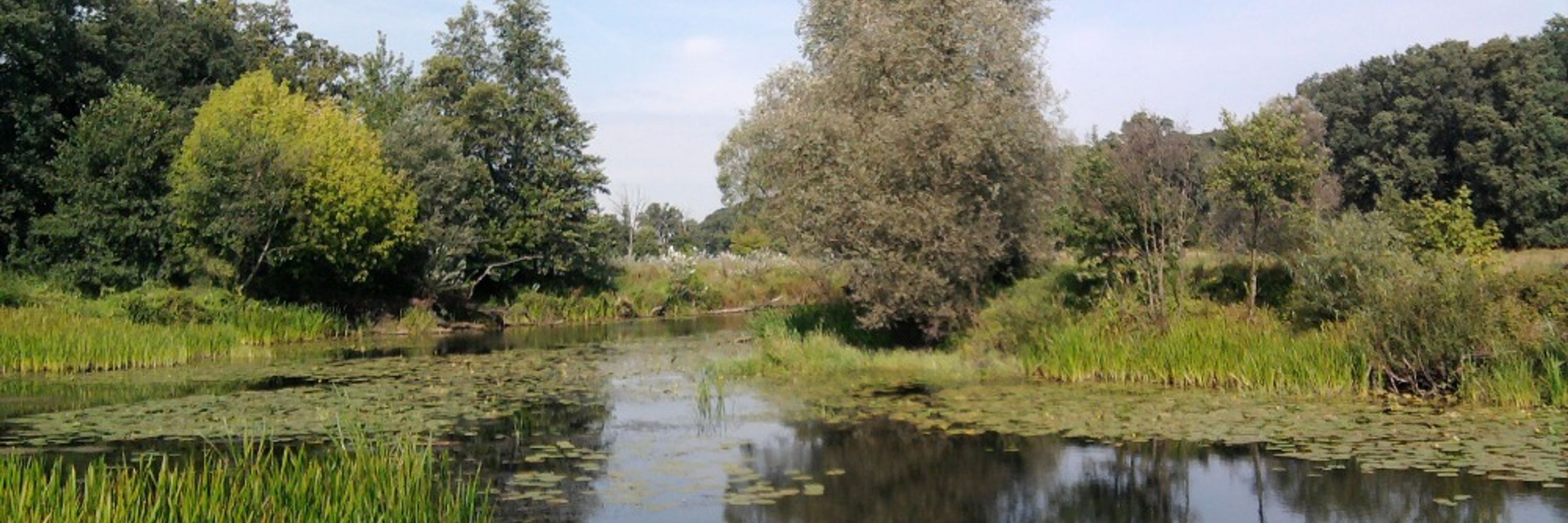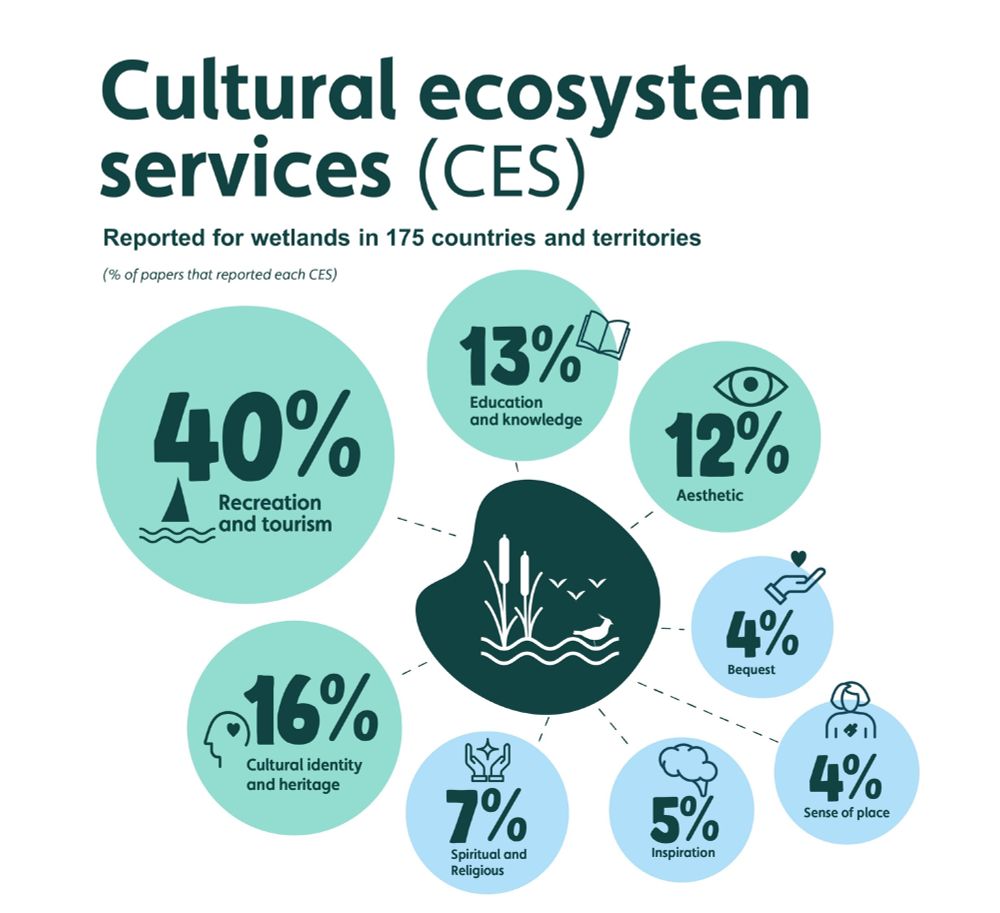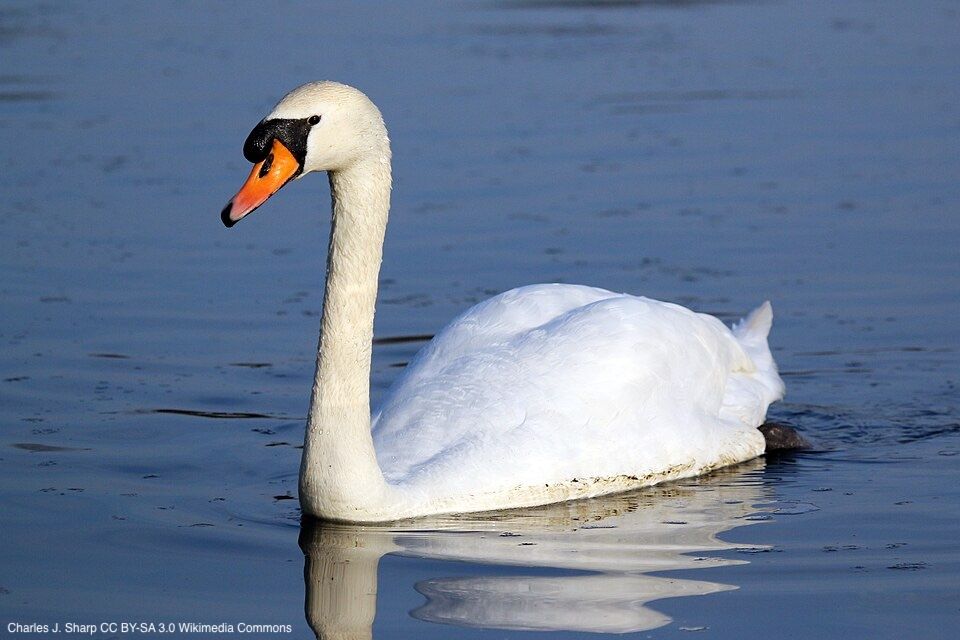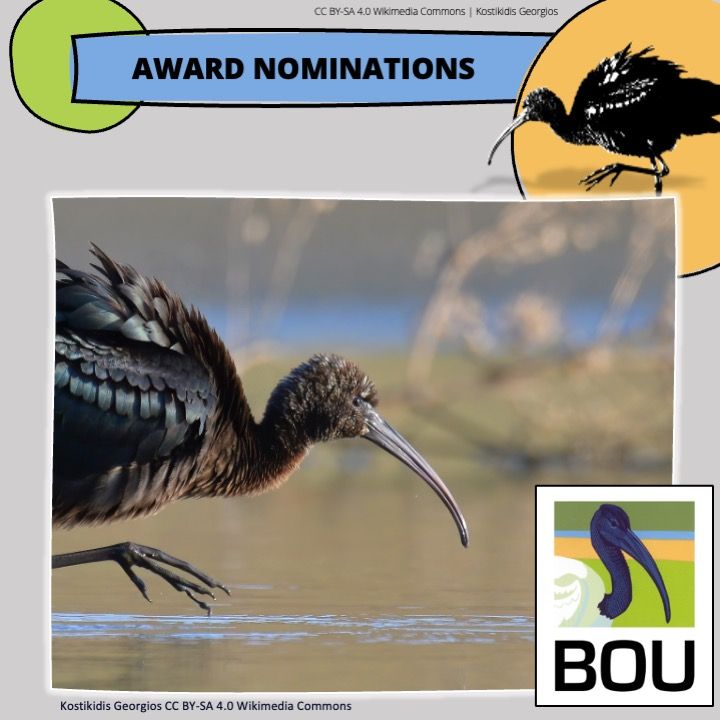Kevin Wood
@drkevinwood.bsky.social
2K followers
870 following
110 posts
Principal Research Officer at WWT @wwtworldwide.bsky.social - Working to conserve wetland ecosystems.
ResearchGate profile: https://www.researchgate.net/profile/Kevin-Wood-11
Posts
Media
Videos
Starter Packs
Pinned
Reposted by Kevin Wood
Reposted by Kevin Wood
Reposted by Kevin Wood
Reposted by Kevin Wood
Reposted by Kevin Wood
Reposted by Kevin Wood
Reposted by Kevin Wood
The Guardian
@theguardian.com
· 15d

Wild bird numbers continue to fall in UK with some species in ‘dramatic freefall’
Species index fell by 4% between 2019 and 2024 – although government data shows woodland populations beginning to stabilise
Wild bird species face an accelerating decline in the UK, new figures show, with some species heading for local extinction.
Bird numbers have plummeted since the 1970s, and new government data shows that trend continuing; between 2019 and 2024 the species index declined in the UK by 4% and England by 7%. Continue reading...
www.theguardian.com
Reposted by Kevin Wood
Reposted by Kevin Wood
Reposted by Kevin Wood
Reposted by Kevin Wood
Reposted by Kevin Wood
Reposted by Kevin Wood
Reposted by Kevin Wood
Reposted by Kevin Wood
Reposted by Kevin Wood
Reposted by Kevin Wood
Reposted by Kevin Wood
Reposted by Kevin Wood
Reposted by Kevin Wood
RSPB Science
@rspbscience.bsky.social
· Aug 20

Senior Conservation Scientist - Ecological Analyst (Fixed-Term) | RSPB
Big Garden Birdwatch Data ScientistWe have an exciting opportunity for an enthusiastic and skilled team-member to join the Monitoring Science team at the RSPB Centre for Conservation Science. We are s...
app.vacancy-filler.co.uk




















